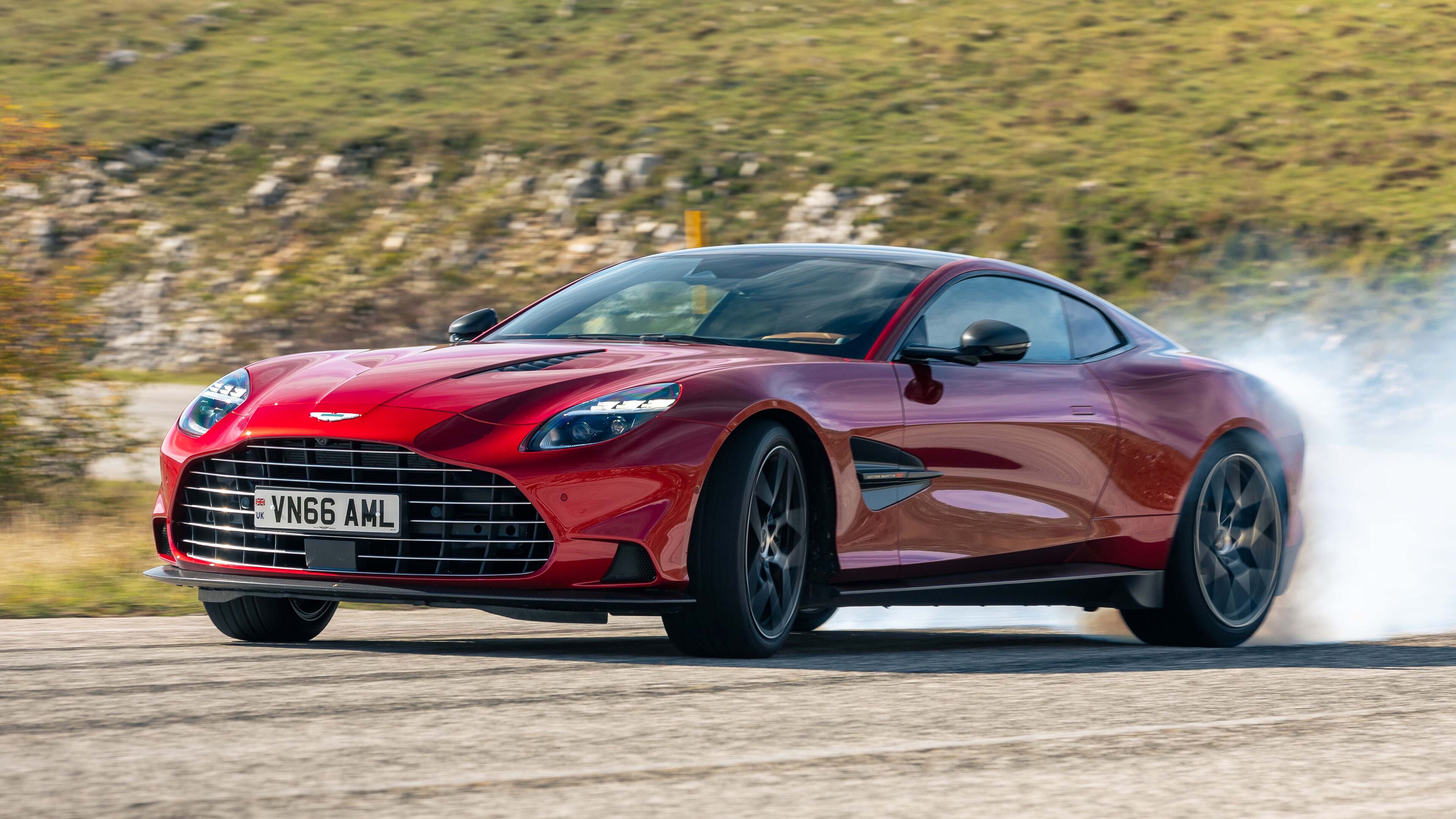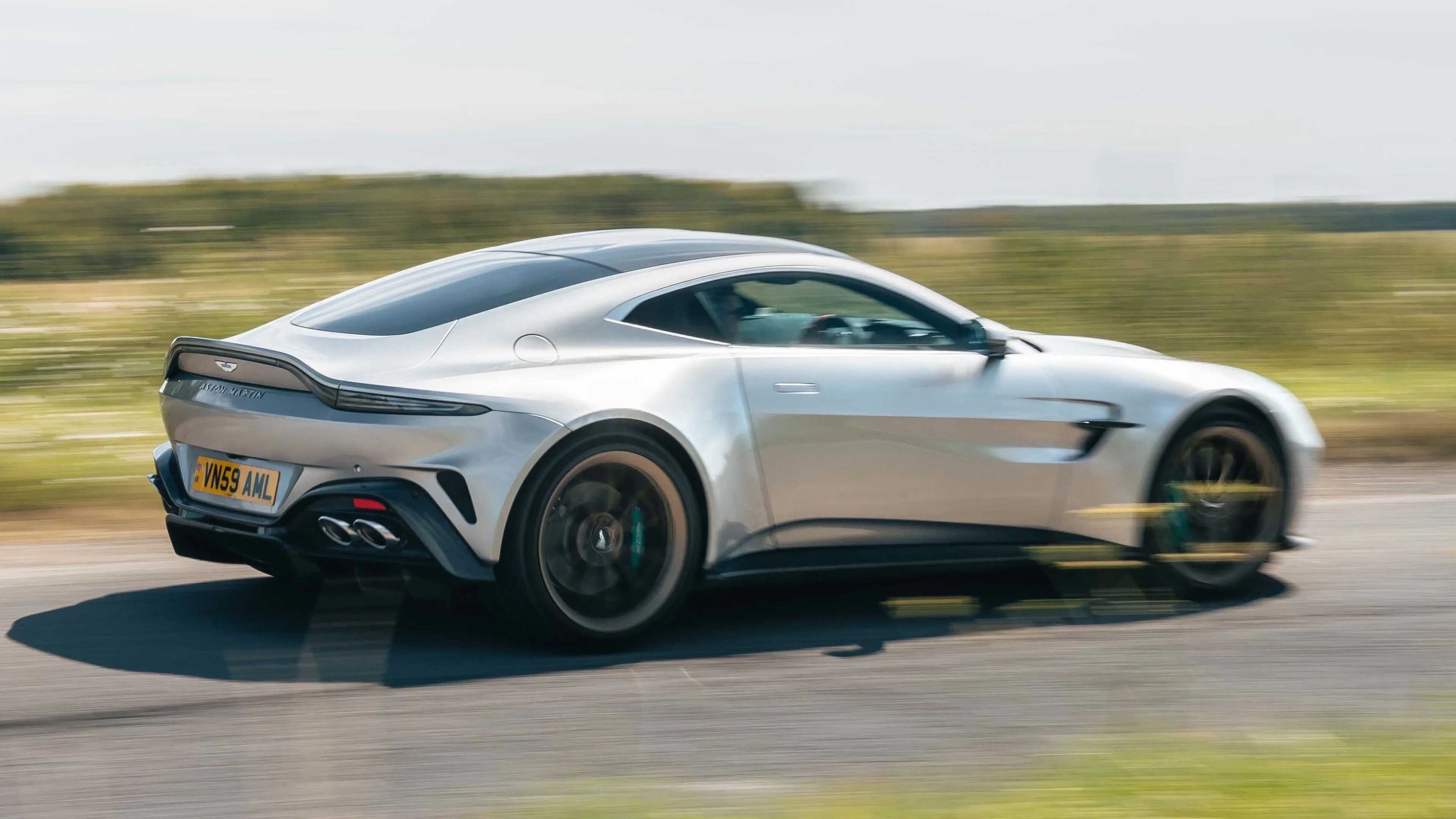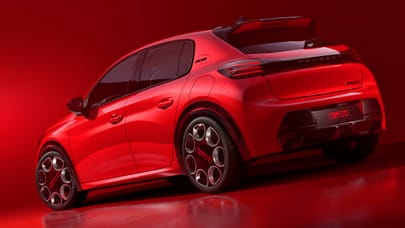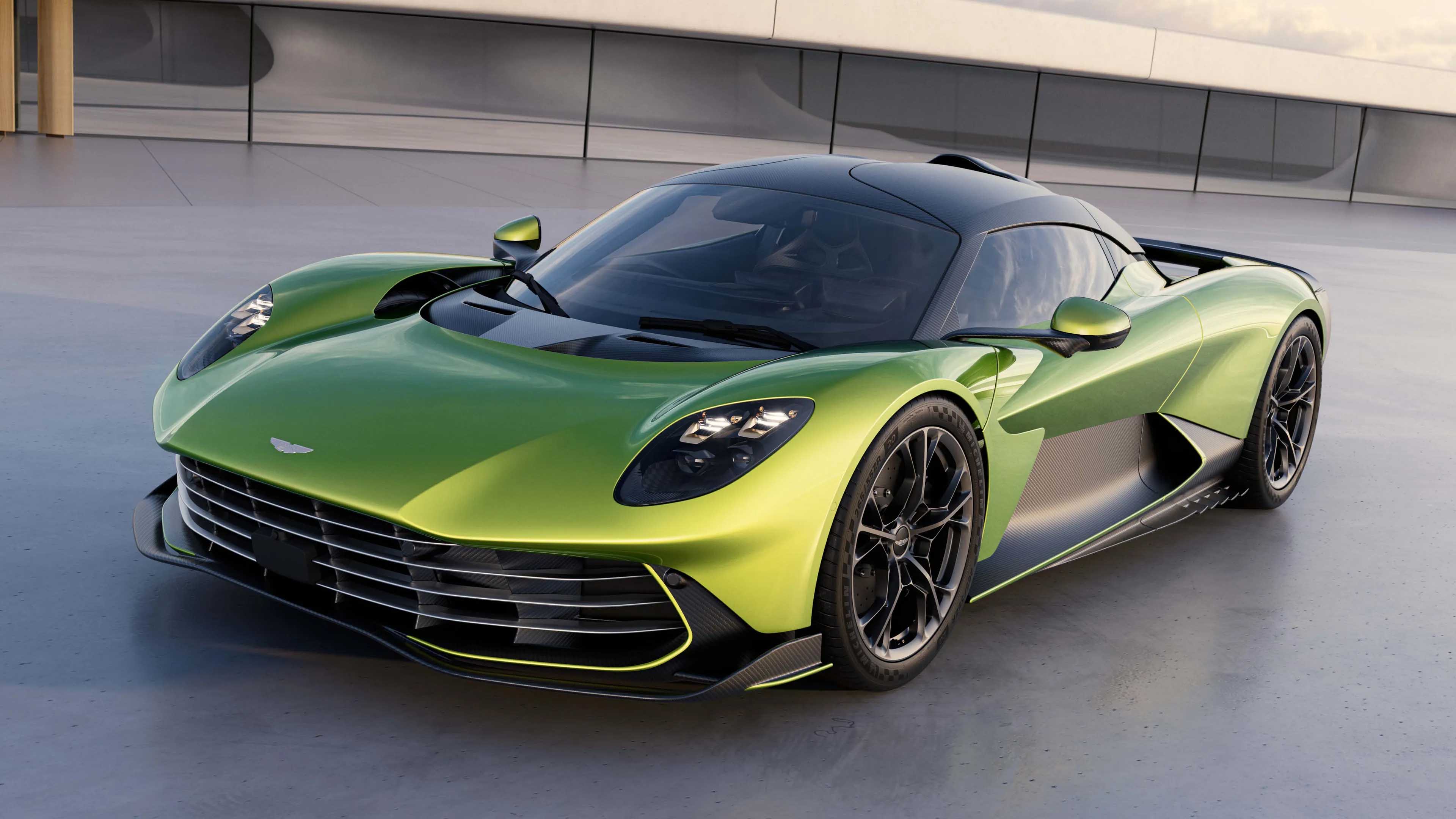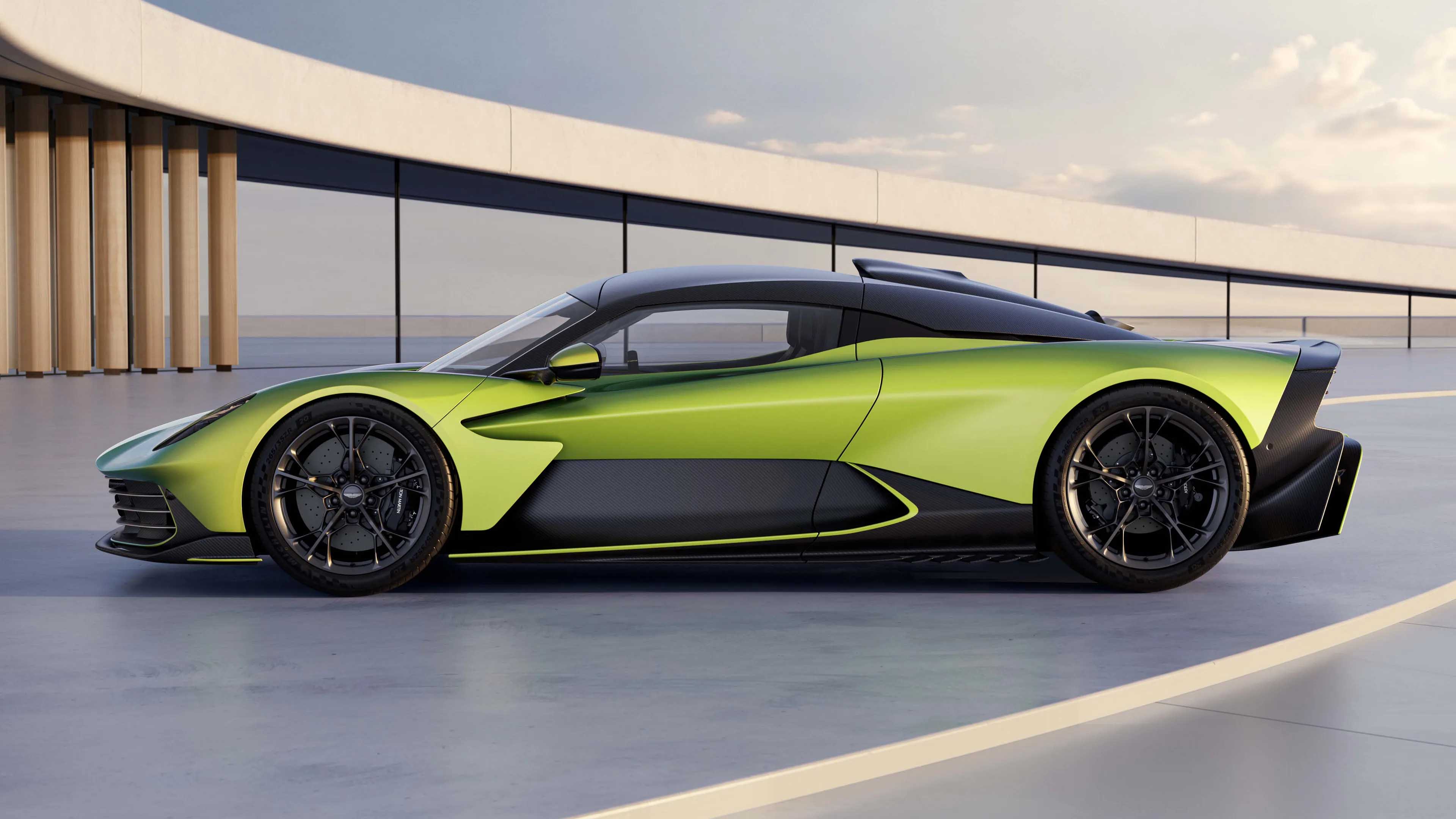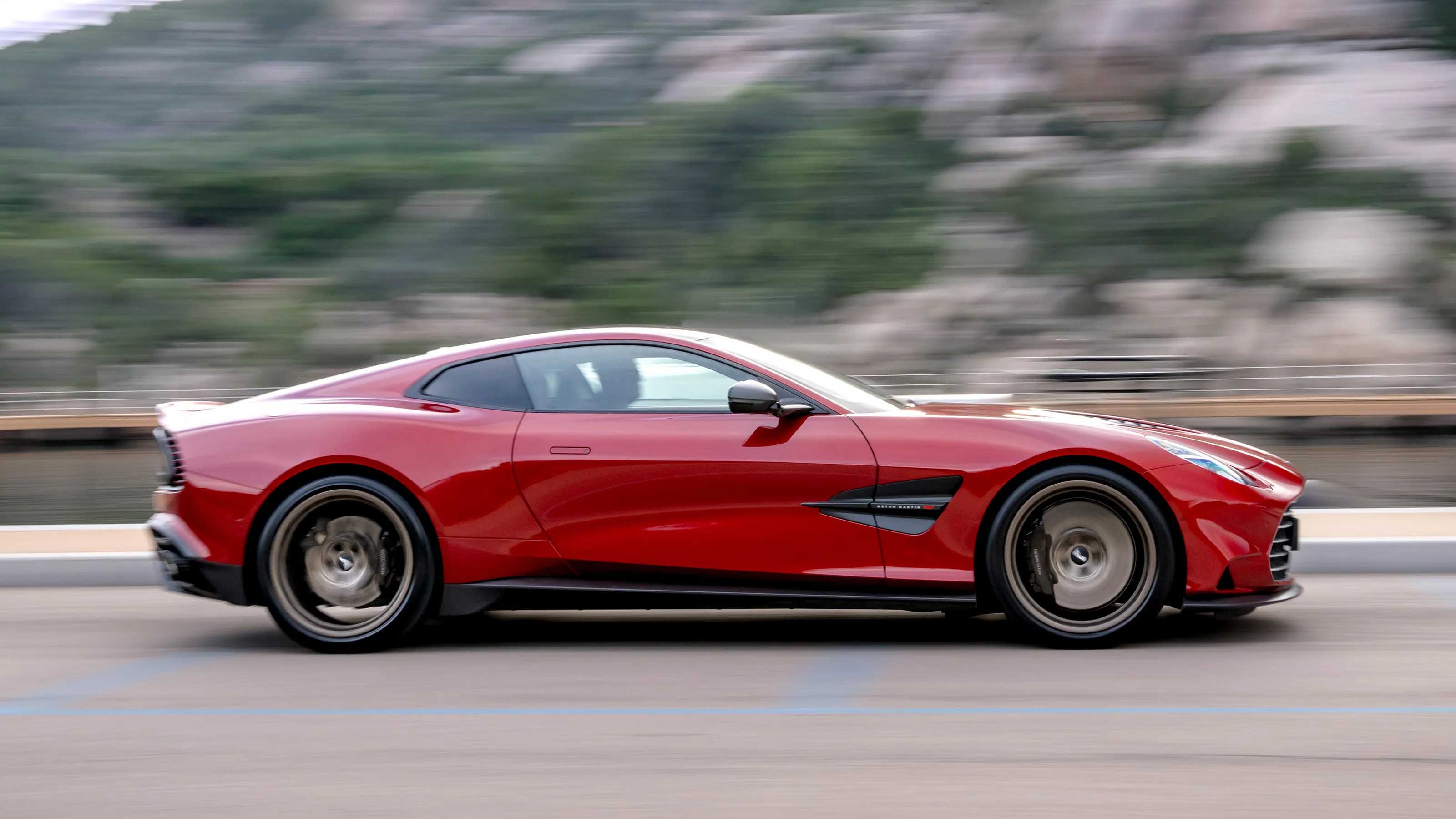
New Aston Martin boss: more facelifts, more options, and more hybrids incoming
Former Bentley CEO Adrian Hallmark outlines Aston’s path to sustainable success
Adrian Hallmark loved his old job as the boss of Bentley. Spent 15 years managing one of the world’s oldest and most recognisable luxury British carmakers. Had a clear path for the foreseeable. It was good.
Which is why he… traded all of that for one of the world’s oldest, most recognisable and most temperamental luxury British carmakers. He’s now at the helm of Aston Martin – has been since September 2024, picking up the reins from Amedeo Felisa (who used to run Ferrari) and before him, Tobias Moers (who used to run AMG) – and has had a few months to get his bearings, talk to everyone and map out the future.
And broadly, it’s this: more facelifts, more options, and more hybrids.
With this strategy, he wants to be “the first guy in 112 years to make Aston Martin sustainably profitable”. You’ll know how Aston has flirted with danger more than the on-screen hero it’s so closely allied to, and Hallmark’s mission is to… “slow everything down a bit and get boring”.
Because boring means success and not losing money every year.
Surely, ‘slow’ shouldn’t really resonate with a ‘fast’ brand, right? Hallmark reckons Aston never gave itself time to breathe. “I’ve never seen as much ambition,” he said at a media briefing last week. “Four cars in 18 months. In 25 years, in any of the brands that I was directly or indirectly associated with, no-one ever tried that. But we [Aston] did.
“It almost worked,” he added.
He concedes that not every car was perfect, and Aston’s been beset by delays “left, right and centre”, even if the ambition and spend was all in the right place. There was never enough innovation to capitalise on those cars, apparently.
“What we need to do is for those customers that buy an early Vantage, DB12, DBX or something, after two years – because the average ownership cycle in luxury is around two years – there’s got to be a reason to buy a better Vantage, and in two years after that, another Vantage,” he said.
“We never had that intensity of life cycle innovation. We’ve really put a lot of effort in the last few months at analysing ourselves and competition and developing a plan for each nameplate that will sustain it better through the life cycle,” he added.
Top Gear
Newsletter
Thank you for subscribing to our newsletter. Look out for your regular round-up of news, reviews and offers in your inbox.
Get all the latest news, reviews and exclusives, direct to your inbox.
That means over the next three to five years, we can expect new derivatives and variants of Aston’s fresh new line-up “to attract existing customers back again”.
Even the mid-engined Valhalla – a car so special it’s basically a cut-price F80 and W1 rival – will not only see the launch this year, but soon after a ‘predictable’ derivative (likely a convertible) and another one they’re working on as a ‘special’.
Sounds cynical, but such is the way of the luxury space – a space Hallmark notes has changed radically over the past two decades. “There are four times more people with roughly four times more wealth per person than existed 20 years ago globally.”
Plus, updating trims and derivatives every few years is more practical, Hallmark argues. Pumping out brand new cars is great, but then you have to actually build them, and that means building brand new cars on production lines suited to the other stuff.
“So you put a gap in front of it [the new car on the line] and a gap behind it,” he said. “That means you’ve reduced your capacity. We tried to do too many launches in too short a period and if any one thing goes wrong, the complexity is horrendous.”
If you’re simply updating an existing model, “90 to 95 per cent of the bill of the material is the same – it’s just a different colour or a different treatment – so you take the complexity offline so the production process is simple,” he said.
Speaking of different treatments, options is next on the road to ‘boring’. He asked the team to list out every option of every luxury brand, offered above the base car. Then added them all together and deducted Aston’s option list to get a rough idea of the amount of money Aston was potentially leaving on the table.
“190 [options]. OK, one of them is the ‘starlight’ roof lining on a [Rolls-Royce] Phantom and Cullinan, which I don’t think fits. There’s a load of others that don’t work as well for a performance brand, but there are at least 100 that do,” he said. “Titanium exhaust, carbon wheels, high end audio, and so on. The value of that alone is phenomenal.
“If you just took that and had normal levels of uptake like we get for the options we do sell, the per-year improvement in our bottom line – but more importantly in the customer fit with their needs – is massive. That’s one thing we’re working on intensively,” he added.
Aston’s also working intensively on electrification, not to release a thousand new full-electric cars, but… one. “Our commitment is towards carbon neutral net zero. But to get there, we will add incremental products in the hybrid space before we get to full electric. So we’ll still have our first electric car in this decade, but we’ll add hybrid derivatives as well through to 2030,” he said.
“Combustion engines with some form of electrification will still be the majority of our business, and beyond 2030 it will at whatever rate become more and more electric up to the point of being full electric. You never know.”
That last note was a response to the flip-flopping between cut-off dates for combustion engines, so Hallmark wants to tread carefully. “2035 to 2040 is the new expectation of when the full switch would occur. We’re not resisting, we’re trying to manage through a period of high risk for a small company.
“We can’t afford to do engines, hybrids and electric cars and just see which ones work and then turn off the factories that don’t. We’ve got to take steps that are both genuine in CO2 reduction, but also genuine in sustaining the company through this most critical and complex phase, probably in automotive history, not just Aston Martin,” he added.
Looks like Hallmark’s got a new clear path for the foreseeable. Aston’s had a consistent level of public affection for decades – reckon Hallmark can be ‘the first guy in 112 years’ to make it consistently successful? Thoughts below.
More from Top Gear
Trending this week
- Car Review
BMW iX3




